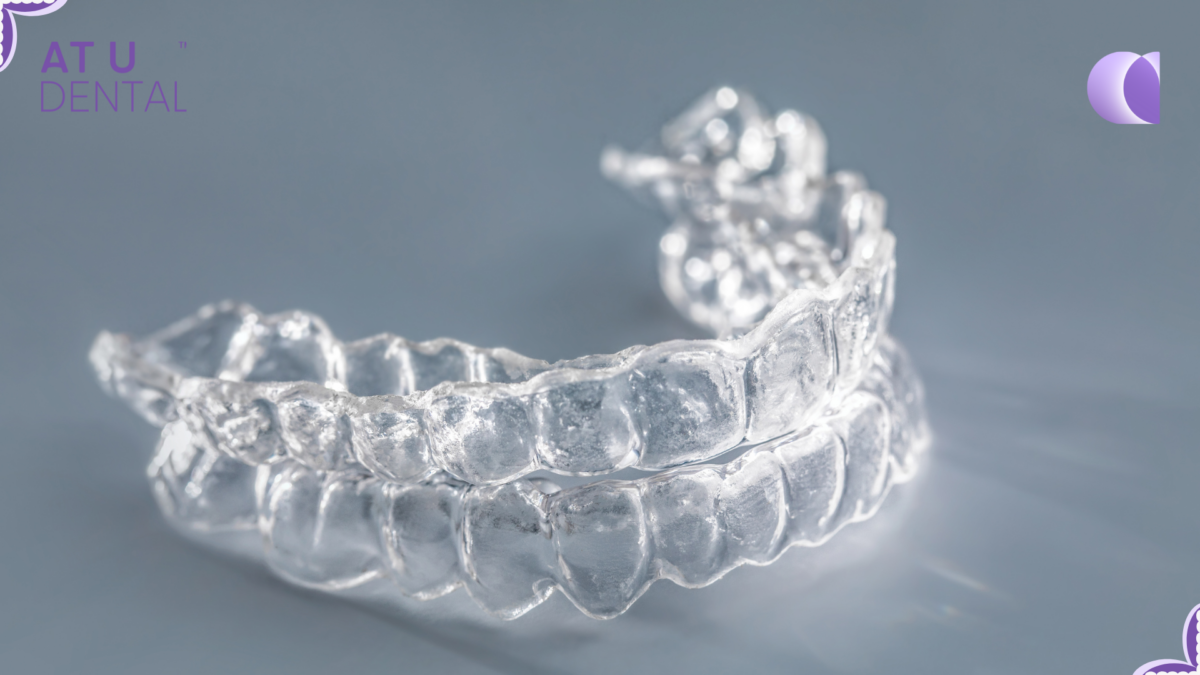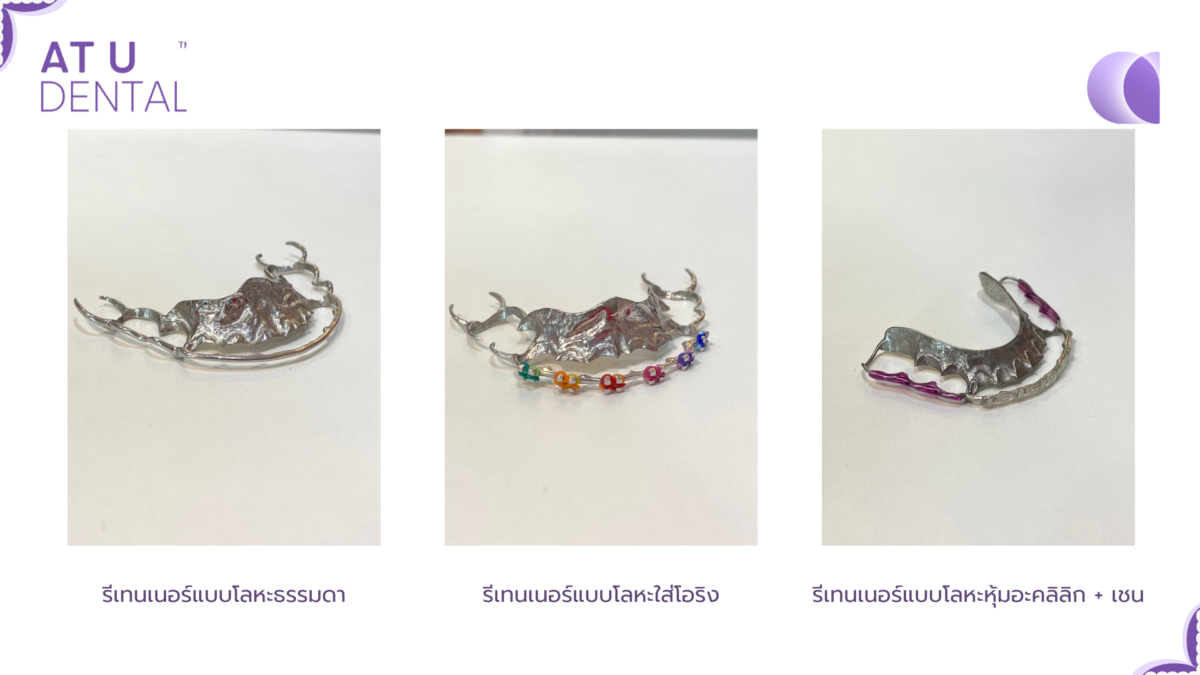Retainers are essential devices for individuals who have completed orthodontic treatment. They help maintain teeth in their correct positions after braces are removed. Retainers come in various types, each designed to suit different needs. This article explains the different types of retainers, their benefits, and how to care for them properly.
Types of Retainers
- Clear Retainers Clear retainers are made from transparent plastic molded to fit the user’s teeth snugly. They are lightweight and discreet.

- Advantages:
- Nearly invisible when worn
- Lightweight and comfortable
- Easy to clean
- Precautions: They can break easily if not handled carefully.
- Hawley Retainers

These retainers consist of a plastic base that sits on the roof of the mouth and a metal wire that wraps around the teeth. Hawley retainers can be further divided into two main types:
- Standard Type: Uses regular metal wires to hold the teeth in place.
- Coated Wire Type: Features metal wires coated with a special material to enhance aesthetics and reduce irritation.
- Advantages:
- Durable and long-lasting
- Adjustable wires to accommodate minor tooth movements
- Precautions: The metal wires may be visible when worn.
- Retainers with Prosthetic Teeth These retainers are designed for individuals with gaps or missing teeth, providing support while filling in the missing spaces.
- Advantages:
- Maintains tooth alignment while replacing missing teeth
- Aesthetic appearance resembling natural teeth
- Precautions: Requires careful cleaning to prevent bacteria buildup.
- Advantages:
How to Care for Your Retainer
- Clean Regularly
- For removable retainers: Rinse with mild soap and gently brush with a soft-bristled toothbrush.
- Consider using effervescent cleaning tablets to eliminate bacteria and remove buildup.
- For fixed retainers: Use dental floss and interdental brushes to clean around the wire and surrounding areas.
- For removable retainers: Rinse with mild soap and gently brush with a soft-bristled toothbrush.
- Store Properly
- Keep retainers in a ventilated storage case to prevent damage and contamination.
- Avoid Heat and Chemicals
- Do not expose retainers to heat or direct sunlight, as they may warp.
- Avoid cleaning with bleach or alcohol, as these substances can degrade the material.
- Visit Your Dentist Regularly
- Schedule regular checkups to ensure your retainer is functioning correctly and your teeth remain in optimal condition.
Conclusion
Choosing the right type of retainer and maintaining it properly are vital for preserving the alignment and health of your teeth. If you have further questions about retainers, consult your dentist for personalized advice.

